Si vous êtes ici, vous cherchez probablement à comprendre comment production de capsules Cela fonctionne réellement, de l'intérieur vers l'extérieur. Vous envisagez peut-être de développer votre activité, de moderniser vos machines ou vous avez simplement besoin d'une vision plus claire du processus complet avant de prendre une décision.
Quoi qu'il en soit, cette analyse vous guidera à travers chaque étape, sans fioritures, juste les étapes qui comptent dans la production réelle.
Table des matières
La production commence par l'enveloppe de la capsule. La plupart des enveloppes sont fabriquées à partir de gélatine ou d'HPMC, selon que vous utilisez des formulations standard ou végétales. Le matériau choisi est chauffé et transformé en liquide.
Des tiges métalliques sont trempées dans ce liquide pour former des moitiés de capsules. Celles-ci sont ensuite séchées dans des conditions rigoureusement contrôlées. Une fois durcies, elles sont découpées et séparées, prêtes à être remplies.
Vient ensuite le produit à insérer dans la capsule. Les principes actifs sont mélangés à des excipients pour améliorer la fluidité, la stabilité et la consistance. Selon la formulation, le mélange peut être à sec ou par granulation humide.
L'objectif est d'obtenir une granulométrie et un poids uniformes. Cela garantit que chaque capsule contient la quantité exacte de principe actif, essentielle à la sécurité et à l'observance du traitement.
Une fois la poudre ou les granulés prêts, les gélules vides sont placées dans une remplisseuse. Celle-ci sépare le corps et le couvercle de la gélule, remplit la moitié inférieure avec le produit, puis referme la gélule.
Les géluleuses à grande vitesse peuvent traiter des poudres, des granulés, des comprimés ou même des liquides, selon votre configuration. Pour les opérations de plus grande envergure, l'automatisation est essentielle pour maintenir la cadence et réduire les déchets.
Canaan Machine de remplissage automatique de gélules série NJP est conçu précisément pour cette étape : un remplissage rapide et précis avec un minimum de déchets. Il traite facilement les poudres, les granulés et les pastilles, et est conçu pour une production continue à haut volume. La série NJP est un choix fiable pour les fabricants qui recherchent rapidité, précision et conformité dans un seul système.
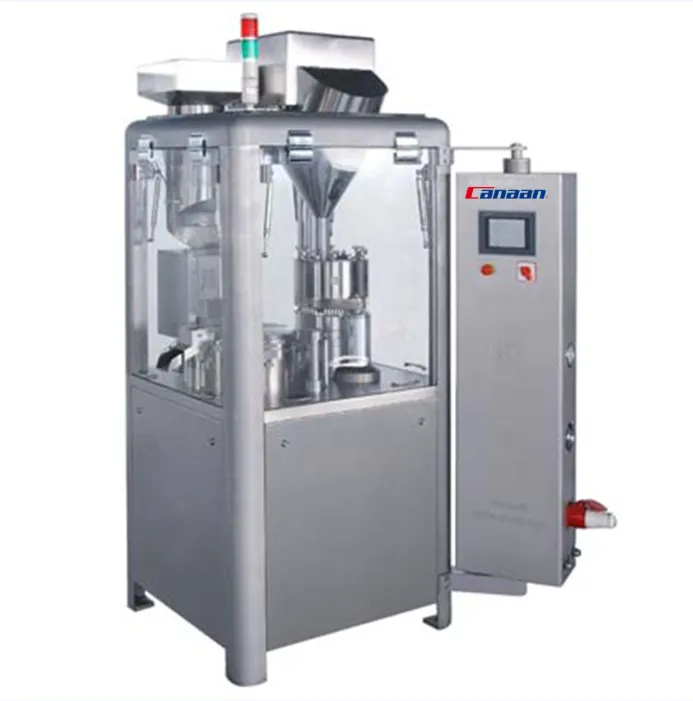
Après remplissage, les deux moitiés de la capsule sont solidement fixées. Certaines machines sont équipées d'une fonction de scellage pour une protection supplémentaire, particulièrement utile pour les capsules sensibles à l'humidité ou remplies de liquide.
Cette étape réduit le risque de fuite, d’altération ou de séparation lors de la manipulation, de l’expédition ou du stockage.
Les capsules remplies passent souvent par une machine à polir. Cela permet d'éliminer l'excès de poudre à l'extérieur et d'améliorer l'apparence. Des capsules propres sont également moins susceptibles de bloquer les machines d'emballage en aval.
Dépoussiérage contribue à respecter les normes de propreté GMP et améliore la présentation des produits, ce qui est particulièrement important pour les produits de vente au détail ou directement destinés aux consommateurs.
Chaque lot est soumis à des contrôles qualité rigoureux. Les capsules sont inspectées pour détecter tout défaut, comme des fissures, un remplissage insuffisant ou des couleurs inégales. Les variations de poids sont également vérifiées pour confirmer l'exactitude du dosage.
De nombreuses lignes sont équipées de détecteurs de métaux, de systèmes de vision et d'unités de rejet pour détecter tout défaut en temps réel. La documentation à ce stade est essentielle pour la conformité réglementaire et la traçabilité.
Une fois approuvées, les capsules passent à la chaîne de conditionnement. Elles peuvent être mises en bouteille, sous blister ou conditionnées en sachets, selon le format final.
Les codes de lot, les dates de péremption et autres informations de traçabilité sont imprimés ou étiquetés à cette étape. L'inspection finale garantit que chaque emballage est scellé, propre et prêt à être commercialisé.
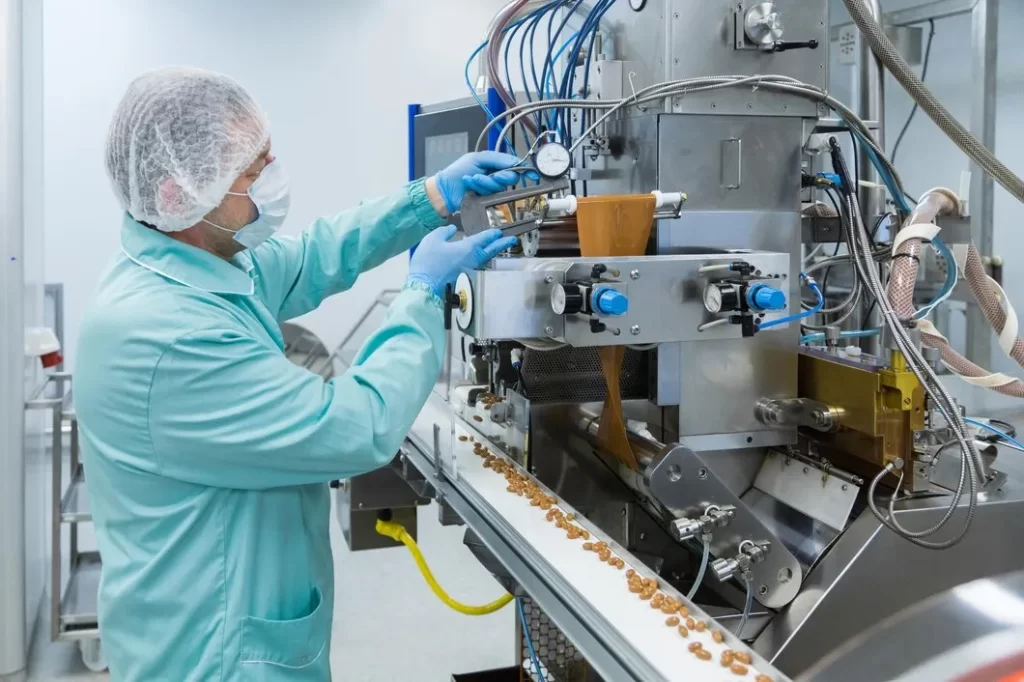
Le bon fonctionnement d'une ligne de production de capsules repose sur la présence d'équipements adaptés à chaque étape. Chaque machine contribue à maintenir une production constante, à réduire les erreurs et à maximiser l'efficacité.
En utilisant systèmes intégrés— où chaque machine fonctionne de manière synchronisée — permet de réduire les temps d'arrêt, les coûts de main-d'œuvre et d'améliorer la traçabilité. C'est particulièrement important pour les entreprises gérant plusieurs références ou opérant dans des délais de livraison serrés.
Les capsules existent sous différentes formes, et la combinaison idéale dépend de votre produit, de votre marché et de vos objectifs de fabrication. Vous trouverez ci-dessous les principales options à prendre en compte pour choisir votre type de capsules et comment les adapter à votre marque.
Types de matériaux :
Tailles :
Options de couleur et de marque :
Types de remplissage :
La personnalisation de vos capsules améliore non seulement la convivialité et l’attrait en rayon, mais elle favorise également la conformité, l’identité de la marque et la confiance des consommateurs.
La production de gélules est un processus précis qui repose sur une configuration adaptée, une manipulation experte et des machines performantes. Que vous produisiez à petite échelle ou que vous manipuliez des millions de gélules par jour, chaque étape compte.
À Canaan, nous fournissons l'équipement et l'expertise pour vous aider à produire des capsules de manière efficace et selon les normes les plus élevées.
Besoin de mettre à niveau votre ligne de production de capsules ? Contactez-nous pour parler avec notre équipe : nous sommes prêts à vous aider à évoluer plus intelligemment.
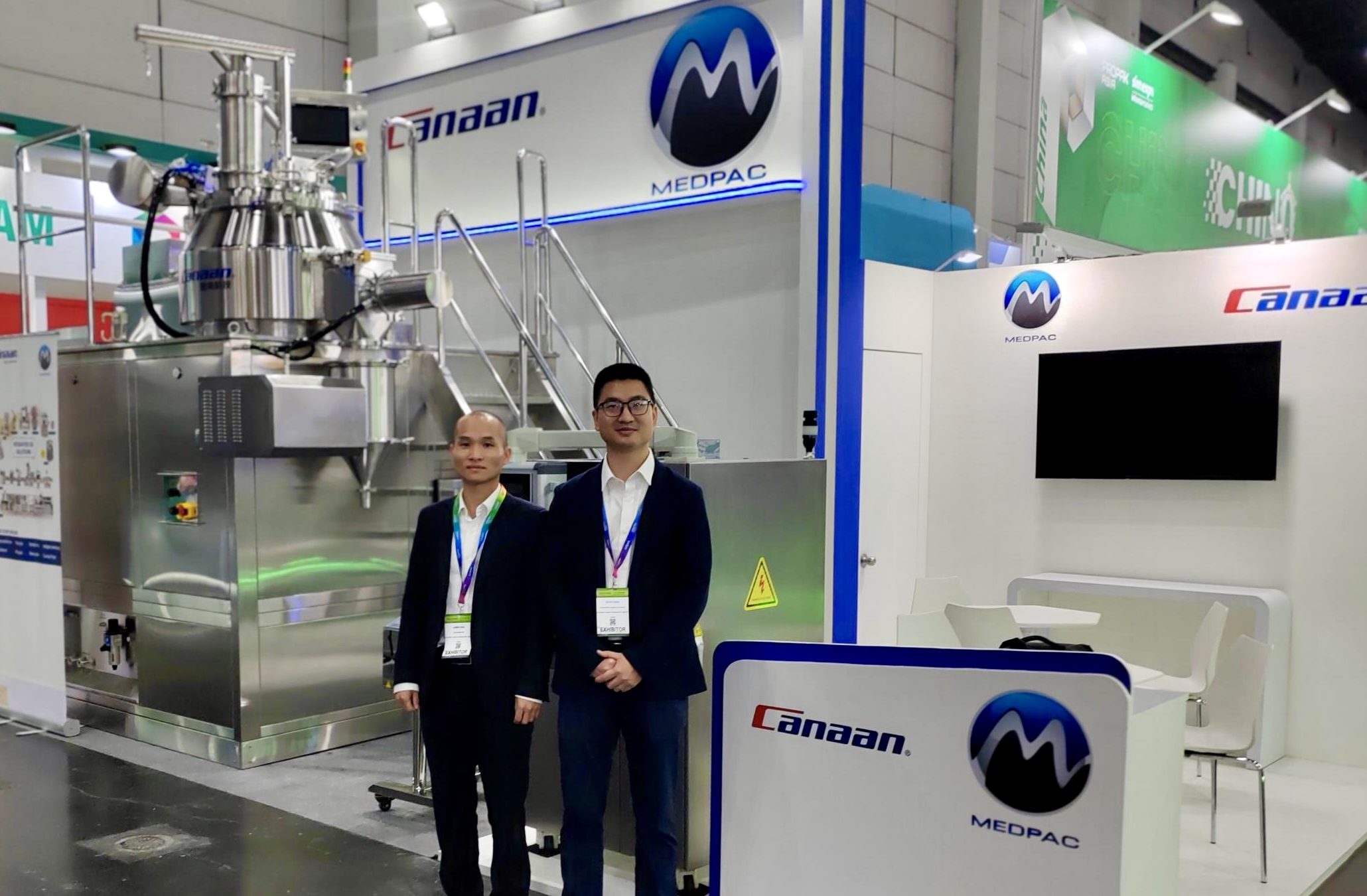
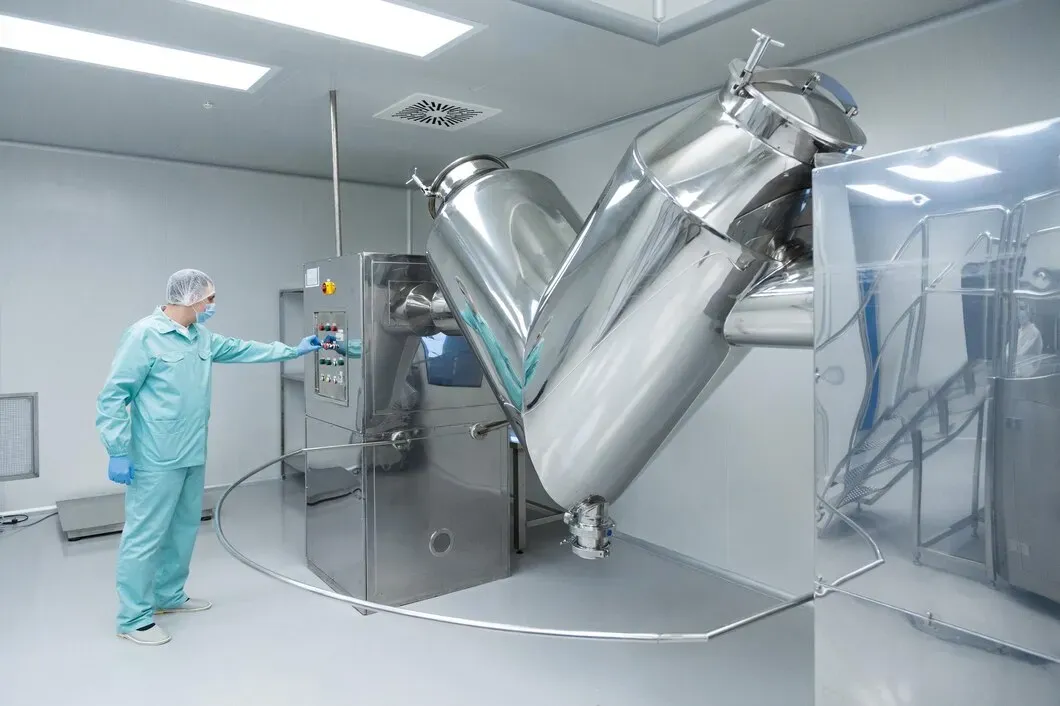
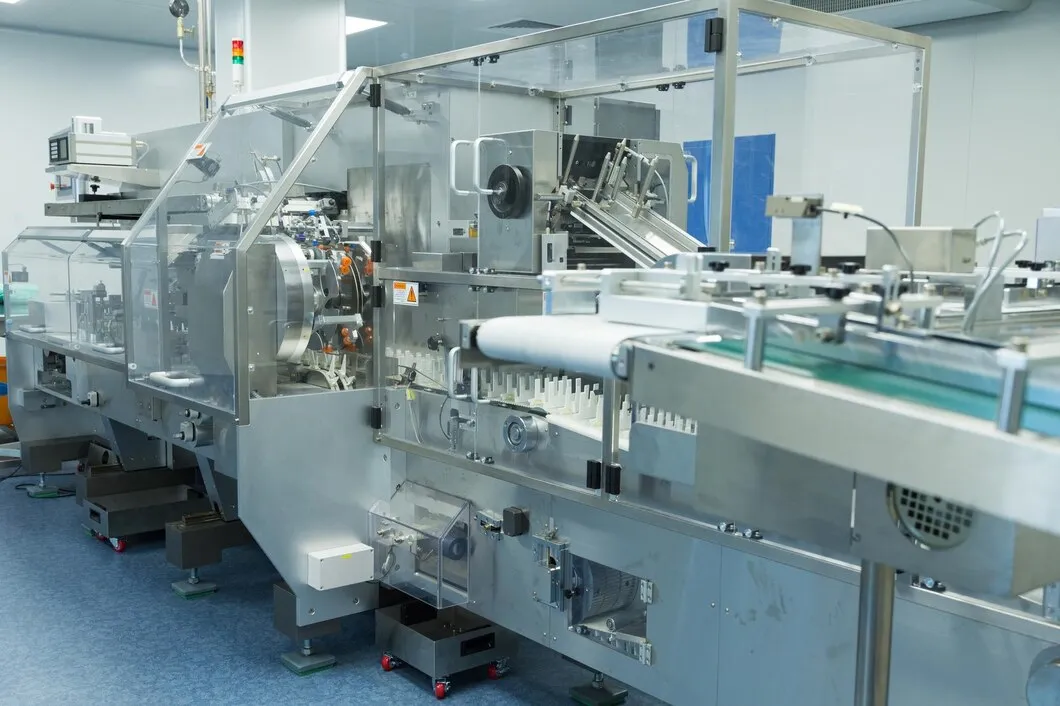

Avant qu'un médicament ne parvienne à un patient, tout commence en laboratoire. C'est là que les formules sont testées, les lots vérifiés et la qualité confirmée ou remise en question. Pour mener à bien ce travail, les laboratoires ont besoin d'un équipement adapté : des outils qui non seulement sont performants, mais le font avec précision. Si vous êtes responsable de l'exécution ou […]

Le conditionnement sous blister est omniprésent dans l'industrie pharmaceutique : des comprimés aux gélules en passant par les échantillons. Il protège le produit, prolonge sa durée de conservation et améliore la sécurité des patients. Mais pour les fabricants, il s'agit bien plus que d'un simple emballage : c'est un système axé sur la rapidité, la précision et la conformité. Si vous travaillez dans la fabrication ou l'approvisionnement en emballages pharmaceutiques, voici ce que vous devez savoir sur le conditionnement sous blister […]
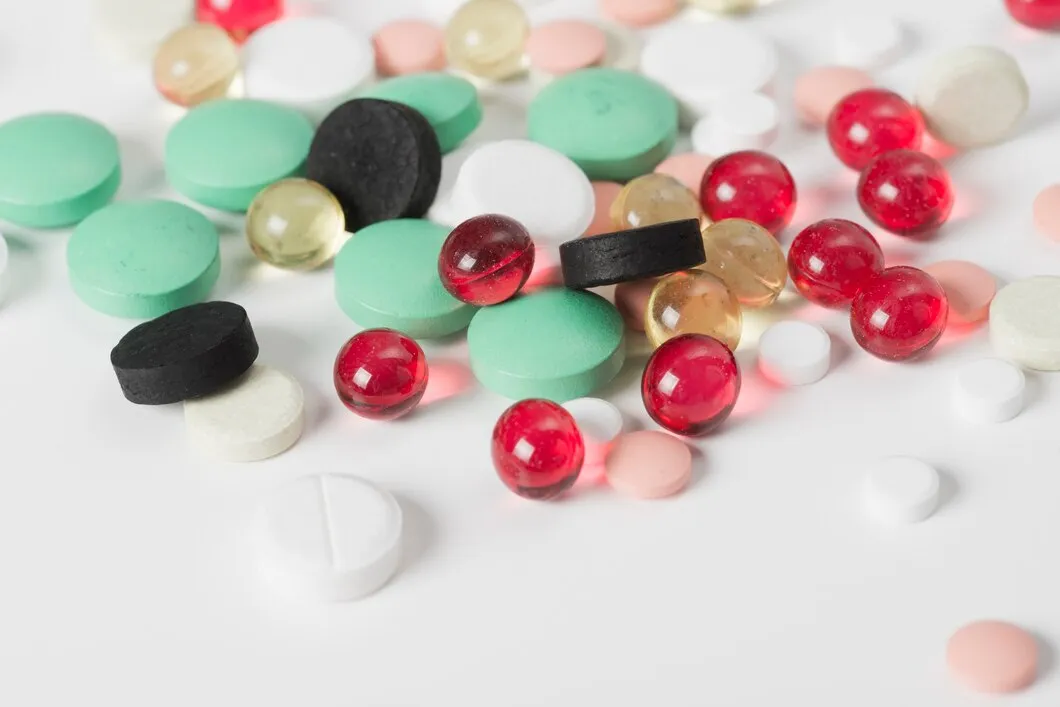
Si vous décidez du mode de distribution d'un produit pharmaceutique ou d'un complément alimentaire, le format choisi (gels liquides ou comprimés) ne se résume pas à son apparence. Il influence également la fabrication du produit, sa vitesse d'absorption, le type d'équipement nécessaire et l'expérience utilisateur. Certains actifs sont plus efficaces […]